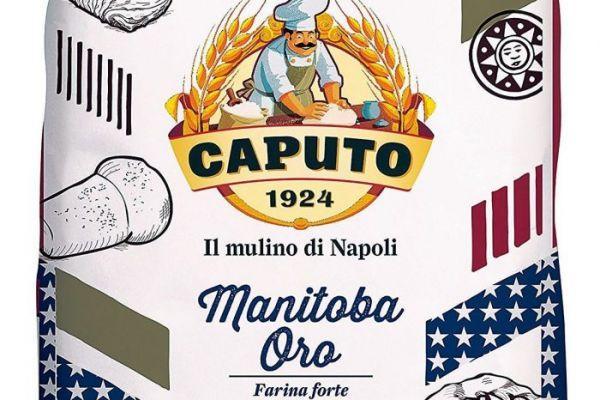
wheat flour
When we talk about flour, we immediately think of soft wheat flour derived from the grinding of grain of wheat Triticum aestivum.
From this grain with different processes we can obtain 00, 0, 1, 2 or semi-wholemeal and wholemeal flours.
Type 00 soft wheat flour is the most refined flour, which has been cut down, and is the whitest of all.
From type 00 all the elements of the wheat grain have been eliminated such as bran, fiber and many minerals and vitamins, leaving only the starchy part of the grain.
Also type 0 wheat flour has been refined and many of its nutrients have been reduced or eliminated.
Instead in the whole wheat flour has not undergone the refining process and it still contains the whole grain of wheat with the bran and the wheat germ with all its nutrients.
Manitoba flour
Manitoba flour is a flour obtained from grinding of wheat Triticum aestivum but of a variety of wheat that grows only in geographical area of Canada.
In these lands the climate is particularly harsh and this grain is selected over time to obtain a cultivar particularly rich in gluten which means that in this grain from Canada we have a very high protein composition.
Also in the manitoba flour we find one good quantity of complex carbohydrates, fibers, vitamins, mineral salts and a low fat content.
Manitoba flour is therefore original and continues its cultivation in the lands of Canada and for this reason it is also known as "American flour".
Read also Desserts with manitoba flour, 3 vegan recipes >>
When to use manitoba flour?
The answer is simple just understand when it is best use flour with high leavening power in recipes.
In fact, manitoba flour having this richness of gluten therefore has a specific one leavening power which is indicated as exceeding 350 W.
This index identifies how much leavening power a flour has and the higher the W value, the higher its leavening power.
Manitoba flour is among the flours in higher leavening power.
What to do with manitoba flour?
With manitoba flour we can therefore make many preparations above all when we need a strong leavening.
The dough of this flour will be very resistant and elastic perfect for both homemade and industrial bakery and confectionery preparations.
To prepare typical Christmas and New Year's sweets such as panettone and pandoro manitoba flour is the most suitable. Also perfect for other traditional recipes such as babà or donuts.
Manitoba flour can be mixed with other flours with the result of having less leavening power but still sufficient for the preparation of puffs, focaccia, brioche, pizza, puff pastry, bread and other sweet and savory pastry and baking recipes.
Manitoba flour is very high in protein and for this reason it is often used in the production of seitan. In fact, to make seitan it is necessary to extract the protein part from the flour and, that of manitoba, is particularly rich in it.
Instead, if we want to prepare muffins, sponge cake, biscuits, dry cakes, etc. it's better avoid manitoba flour because it is too leavening.
How to replace manitoba flour
Manitoba flour is absolute forbidden to those suffering from celiac disease or who are intolerant to gluten. In general we can say that it is better to avoid excessive use of this flour.
To replace Manitoba flour in recipes where greater leavening is required we have to use higher quantities of yeast and wait longer for the process itself to take place.
If we need to use other types of flour we can try with rice, corn, buckwheat or amaranth flour which are all gluten-free.
Read also Amaranth flour, 2 recipes >>
Foto: Ivan Dzyuba / 123rf.com


























